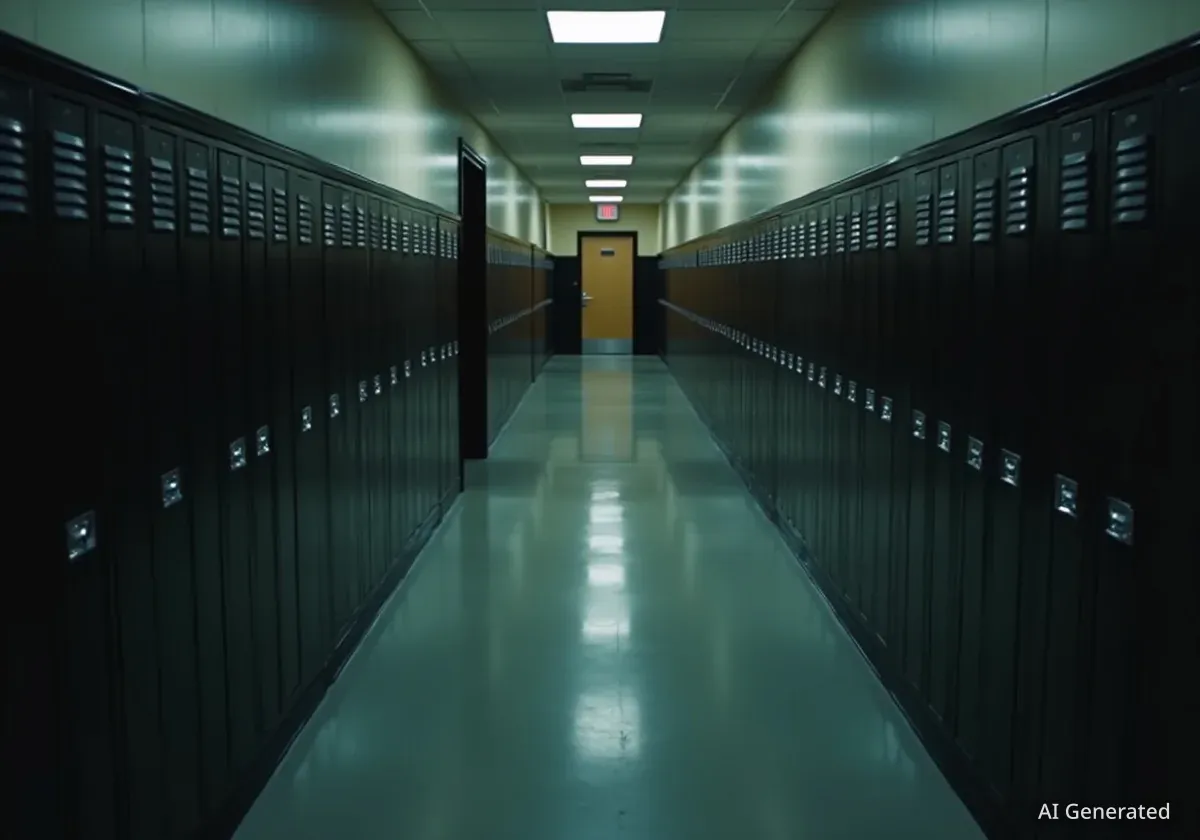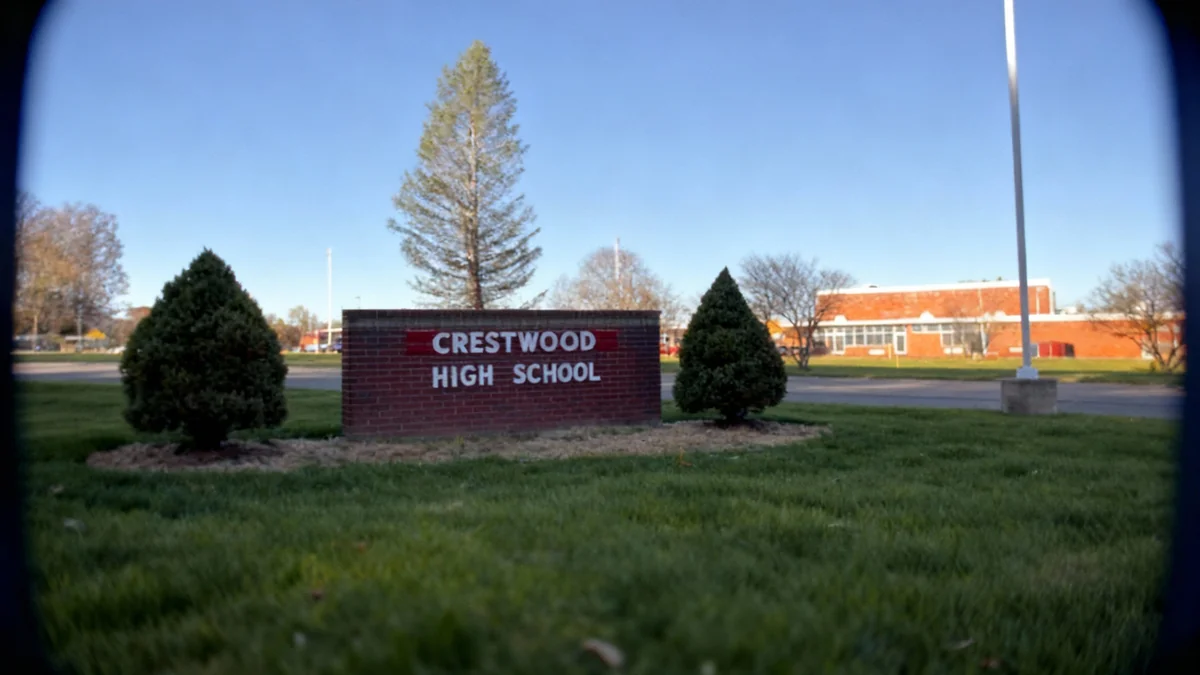Jefferson County Public Schools spent $1.73 million over seven months using 17 special purchasing accounts that lack individual oversight, records show. The spending occurred as the district navigates $60 million in budget cuts and potential school closures.
These accounts, referred to as "ghost accounts," operate without assigned cardholders, bypassing the strict accountability measures required for the district's nearly 1,600 standard employee purchasing cards.
Key Takeaways
- Jefferson County Public Schools used 17 "ghost" purchasing accounts to spend $1.73 million between January and July 2025.
- These accounts have no assigned individual cardholders, which circumvents standard district oversight and liability rules.
- The accounts hold a combined monthly spending limit of $740,000.
- This financial practice is under scrutiny as the district implements $60 million in budget cuts and may seek a tax increase from voters in 2026.
A Two-Tier System of Financial Oversight
An investigation into the district's financial practices has uncovered a system of 17 purchasing card accounts operating under the name "Ghost." These accounts were used for 409 transactions totaling over $1.7 million in the first seven months of 2025.
Unlike the standard-issue purchasing cards, or P-cards, given to district employees, these ghost accounts are not assigned to any single person. This structure removes a layer of personal accountability that is central to the district's own financial policies.
The district's Purchasing Card Handbook outlines a clear protocol for its regular cards. Each card must have a designated cardholder, a reconciler, and an approver. Cardholders are required to sign applications, maintain receipts, and are held personally liable for all charges made on their cards.
"Cardholders abusing the P-card privileges may also be subject to disciplinary action," the handbook states, emphasizing the importance of individual responsibility.
However, a district spokesperson confirmed that these rules do not apply to ghost accounts. There are no application forms for these cards, and records of their monthly reconciliation are not kept in a central location.
The Scale of the Spending
The 17 ghost accounts possess significant spending power, with a collective authorized limit of $739,500 per month. The individual limits on these accounts vary widely, from $2,000 to as high as $175,000 for a single account.
Some of these accounts have been active for a long time. Records show nine of the accounts were created before 2012, with the oldest one being issued in June 2005. This indicates the practice has been in place for nearly two decades.
Ghost Account Spending by the Numbers
- Total Spent (Jan-July 2025): $1.73 million
- Number of Ghost Accounts: 17
- Total Monthly Limit: $739,500
- Highest Single Account Limit: $175,000 per month
- High-Value Transactions: Ghost accounts were responsible for 29 of the district's 41 P-card transactions exceeding $10,000 during the seven-month period.
Spending from these accounts covered a range of operational costs, including custodial services, telecommunications, copier maintenance, and construction permits. For example, one transaction in January 2025 shows a charge of $12,154 for copier toner. Another transaction was for a $7,076 permit from the Colorado Department of Public Safety.
District's Justification and Financial Context
When asked about the purpose of these accounts, a district spokesperson explained they are used to pay for expenses under pre-approved contracts. The district stated that using these cards allows it to take advantage of vendor incentives for prompt payment and to earn credit card rebates.
"The department that manages the underlying contract is responsible for reviewing and reconciling all transactions made using the Ghost card," the spokesperson said. However, the district did not provide documentation detailing which departments oversee specific accounts or how this decentralized review process is managed and verified.
Contrasting with Peer Districts
Neighboring school districts, including Denver Public Schools and Douglas County School District, confirmed they do not use ghost accounts. These districts, which Jeffco used for comparison in its own budget analysis, handle similar contract payments through standard procurement procedures that require individual authorization for all transactions.
The use of these accounts comes at a critical time for the district. Facing a significant budget shortfall, Jeffco is in the process of implementing $60 million in cuts, which has led to reduced services and the potential closure of schools.
Furthermore, district leaders have indicated they may ask voters to approve a mill levy override in 2026. Such a measure would increase property taxes to provide additional funding for operational expenses. The presence of a high-spending system without direct individual accountability could complicate efforts to build public trust ahead of a potential tax initiative.
Questions of Accountability Remain
While the district maintains that all spending data is publicly available on its financial transparency website, these reports do not clarify the key questions of oversight.
The public data shows what was purchased and the amount spent, but it does not identify who authorized the purchase, who reviewed the transaction for compliance, or who would be held responsible for any misuse of funds.
The Purchasing Card Handbook is clear about liability for regular P-cards, stating: "The Cardholder, followed by the Cardholder's school or department... is liable for all charges made on P-cards." For ghost accounts, it remains unclear where that liability falls in the absence of a designated cardholder.
As the district asks its community to accept difficult budget cuts, the $1.73 million spent through this opaque system raises questions about its commitment to consistent and transparent financial oversight for every dollar.





